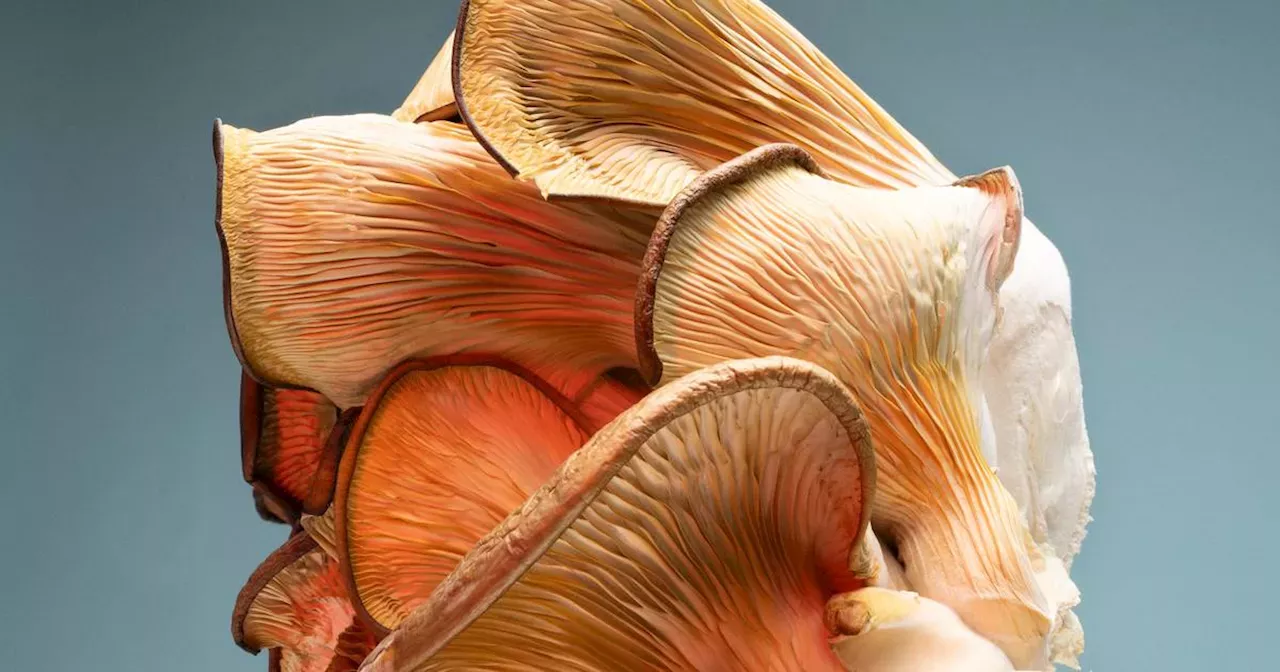By Laura Reiley and Tanya Navasiolava, Special to The Washington PostA piece of freshly grown mycelium. An employee at MyForest Foods places a block of mycelium into a machine that cuts it into strips for the product, MyBacon. Sustainable packaging made with Forager foam is ready to be shipped.
The increase in cultivation, manufacturing, transportation and consumption of fungi in all these new forms is not without risks. Already, researchers and citizen-scientists have seen an alarming rise in invasive species such as the discovery of nonnative golden oyster mushrooms, probably from commercial or hobbyist production, in at least a dozen states in the Midwest and Northeast. The risk is that they change ecosystems or outcompete indigenous fungi or plants.
Growers who sell directly to consumers, grocers or at farmers markets often aim to minimize the distance between farm and table. For Baris Sonmez, the solution was a warehouse in Jersey City, N.J.
where he established LifeCap Farms. Still, there has been a steady increase in demand for more, and more kinds of mushrooms to satisfy the fresh food market and as an ingredient in the deluge of meat alternatives. In surveys, consumers prioritize taste over all else when choosing alternative proteins and have expressed tepid enthusiasm for those made of soy or pea protein.
Mushrooms, naturally rich in glutamates, have a more palatable meat-like umami flavor. Forager, a division of Ecovative, produces the textiles, much of it at a par.


















